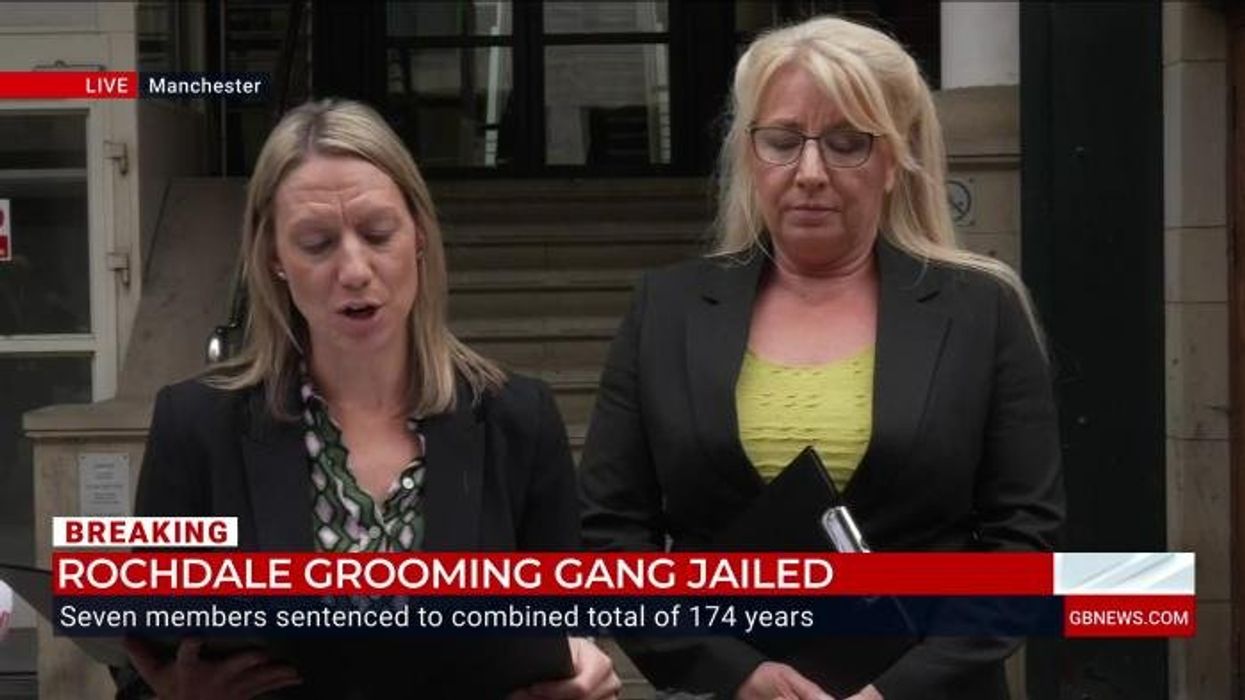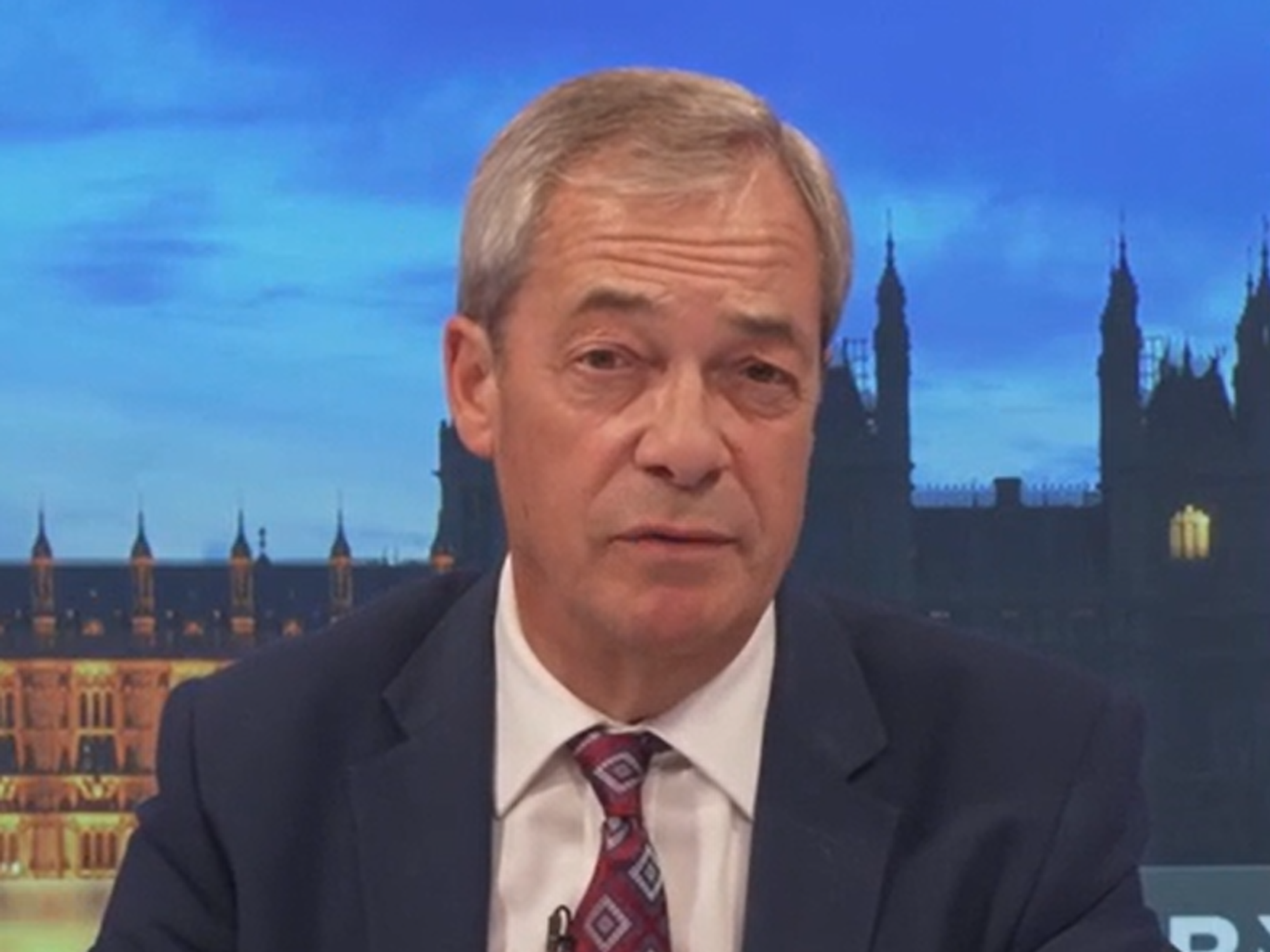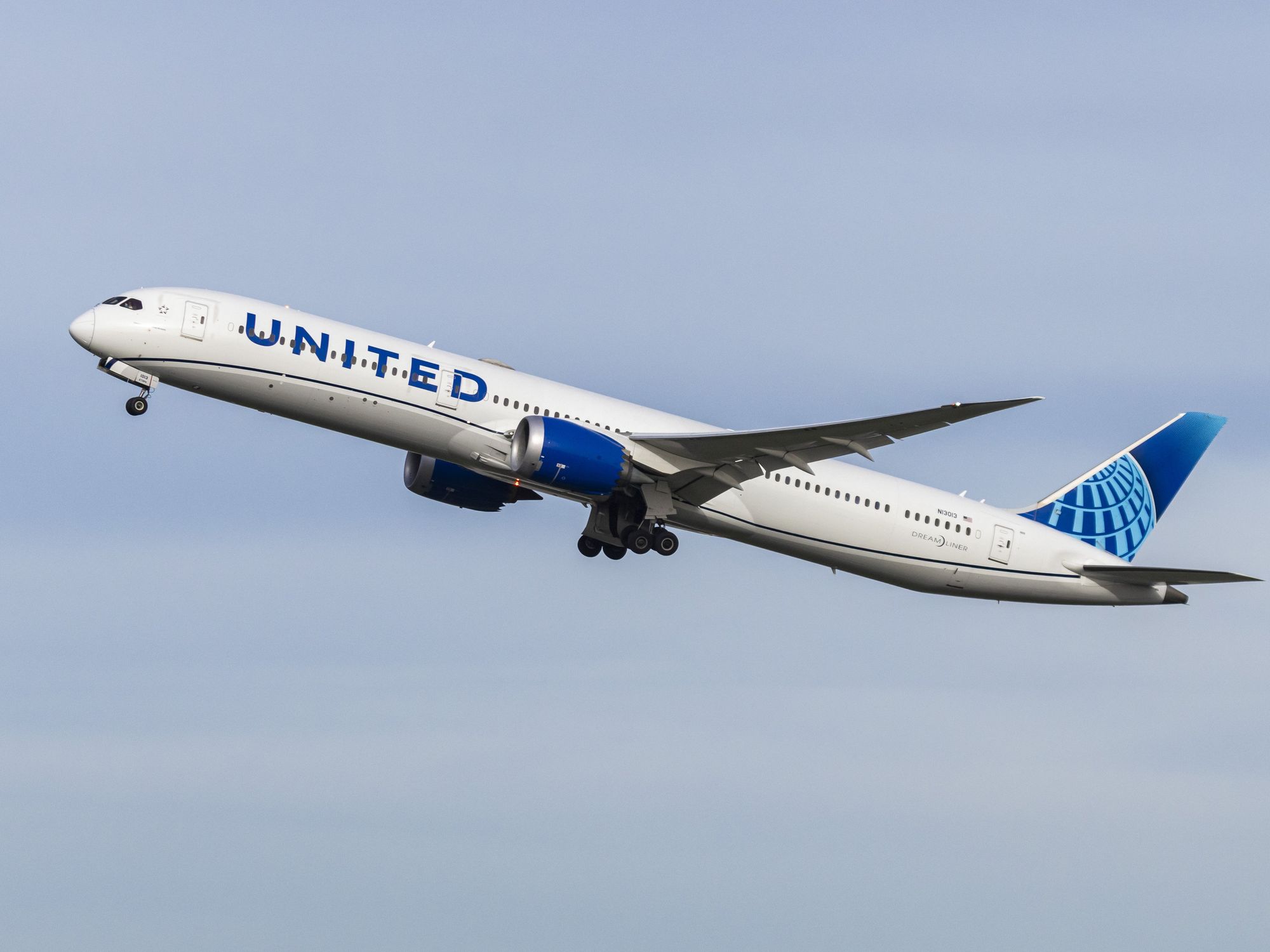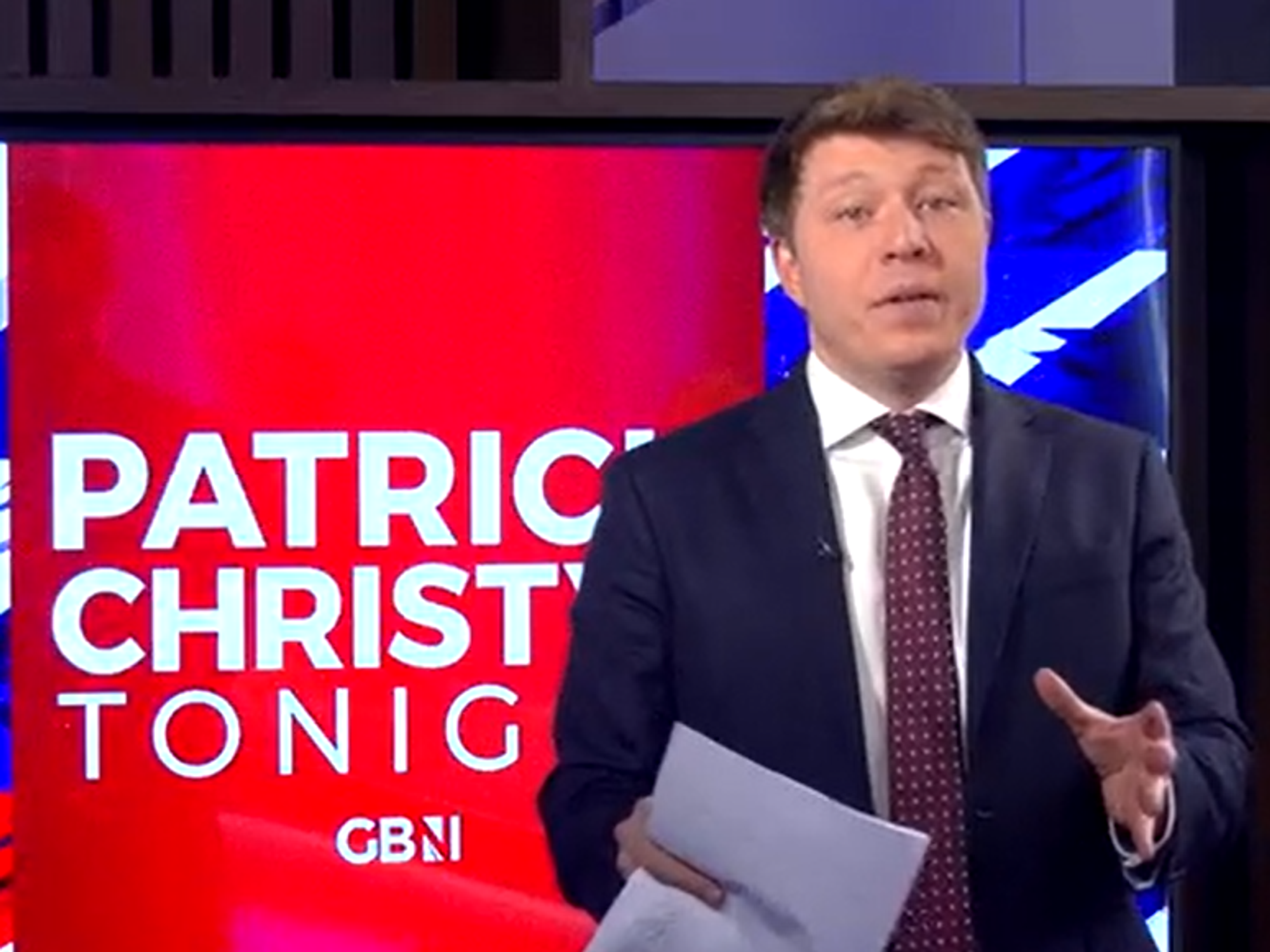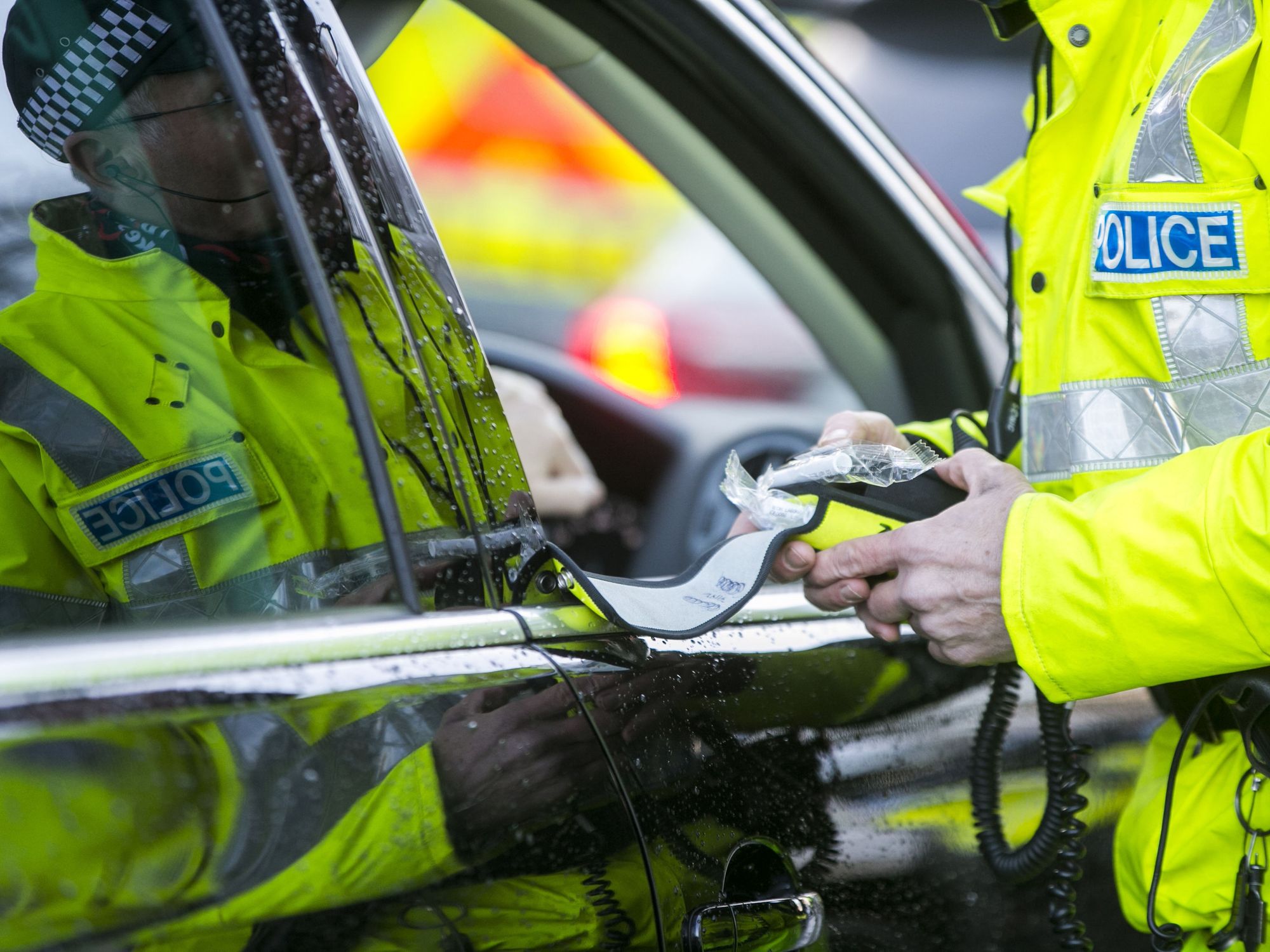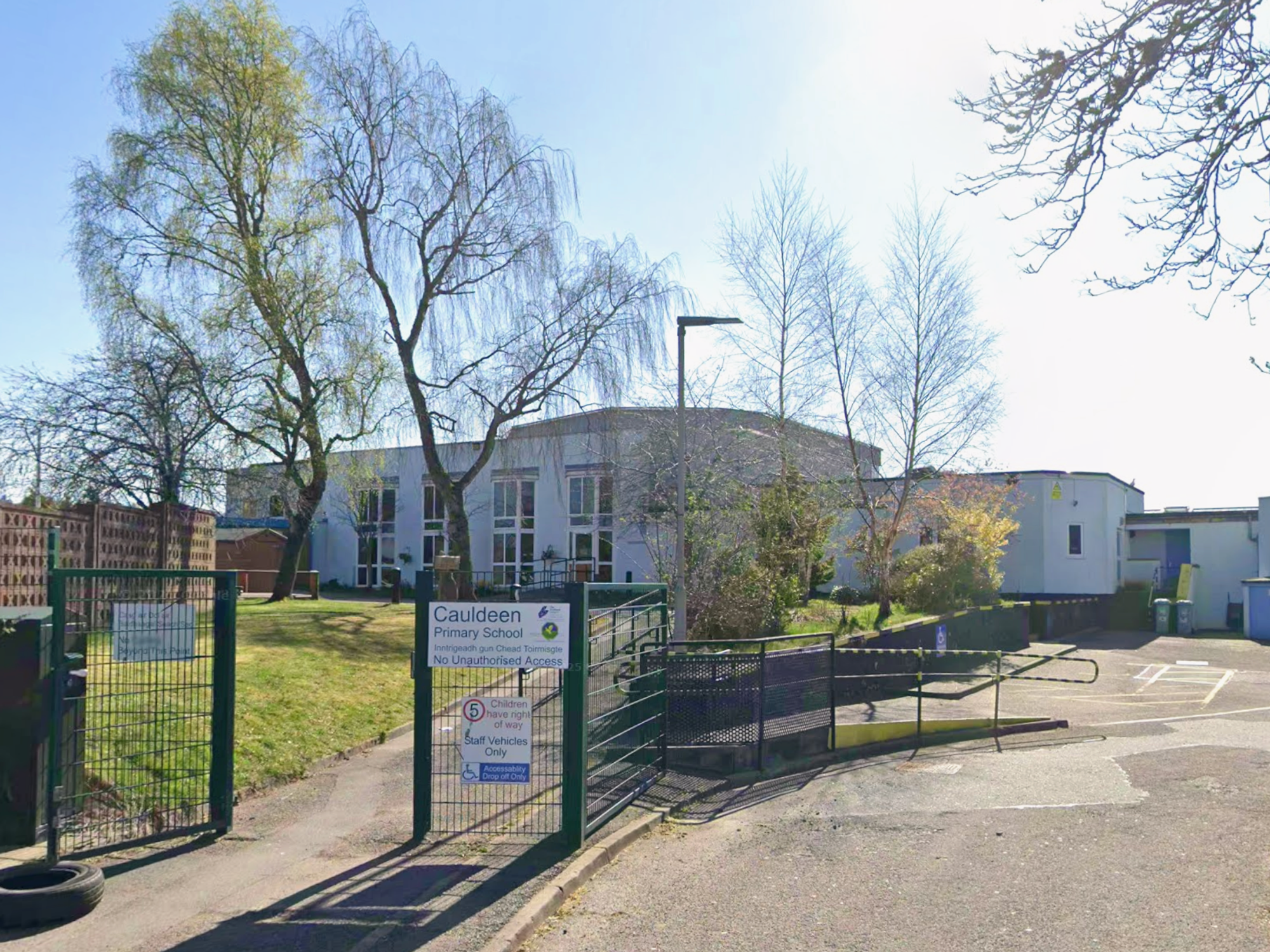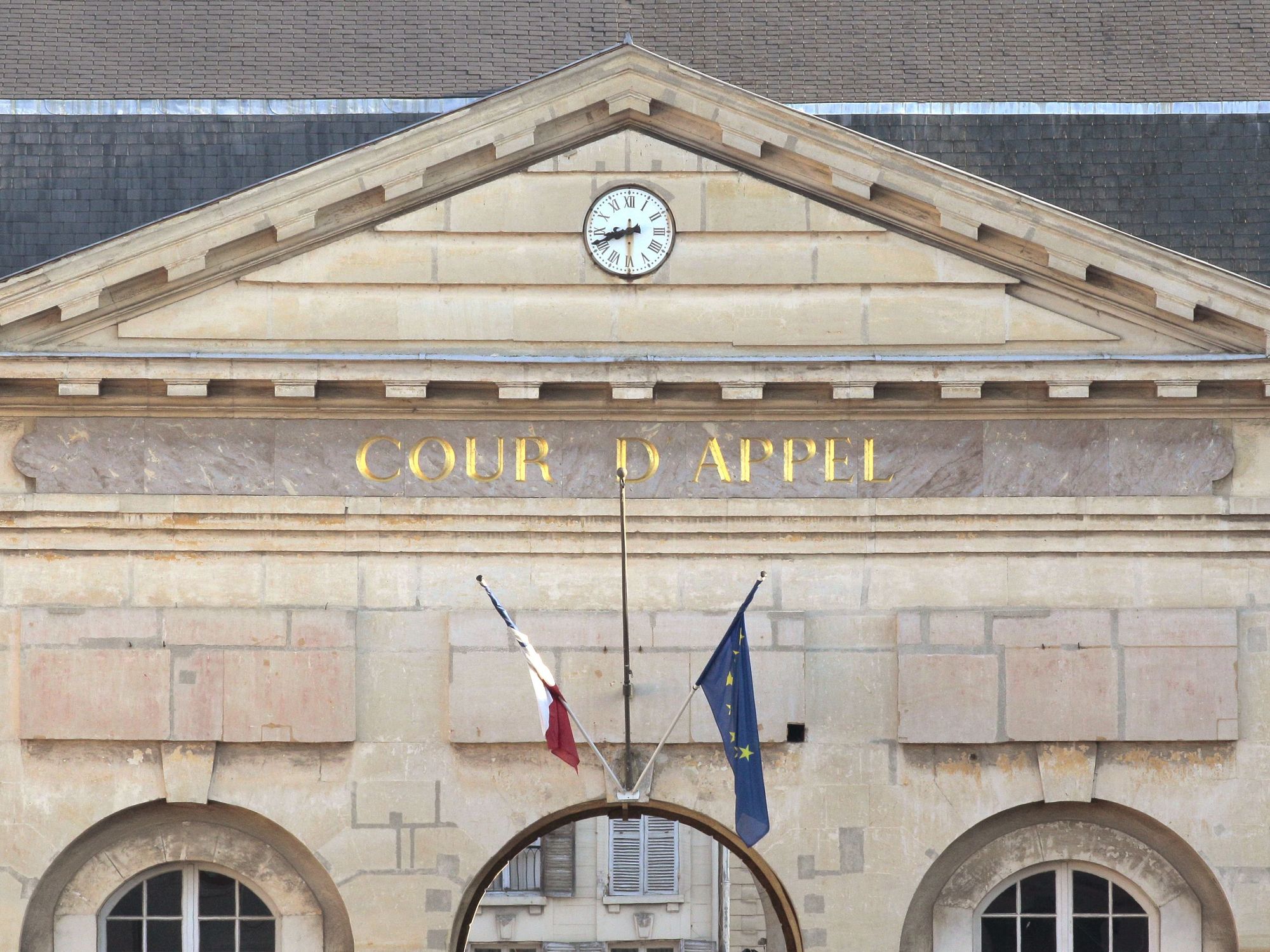Nearly one in 20 British children has been raped or sexually abused, new research reveals
Many victims stay silent out of fear, guilt or confusion
Don't Miss
Most Read
Trending on GB News
British children are suffering a ‘shocking pandemic’ of child sexual abuse, with nearly one in 20 raped or sexually assaulted and one in 10 exposed to sexually unwanted online content, new research has revealed.
The study indicates 608,763 youngsters were raped or sexually assaulted before the age of 18, and over a million have been groomed, coerced, exploited or exposed to unwanted sexual content online - including AI-generated child sex abuse.
The study, carried out by researchers at the University of Edinburgh-based Childlight Global Child Safety Institute, suggests an epidemic of abuse taking place both behind closed doors and on screens, where children are being sexually exploited - often by people they know.
The UK figures, gathered for GB News, have been drawn from Childlight’s major new study ‘Into the Light’ - published this week.
TRENDING
Stories
Videos
Your Say
It comes as research reveals there has been a 1,325 per cent surge in AI-generated child sexual abuse material since 2023.
Images now include “deepfakes” of children’s faces placed onto naked bodies or blended synthetic-real abuse videos.
Childlight warns many abusers are family members or trusted adults, who coerce children into creating sexual content or sharing explicit photos as part of grooming rituals.
These images are then traded through encrypted networks, private messaging apps and even mainstream social media.
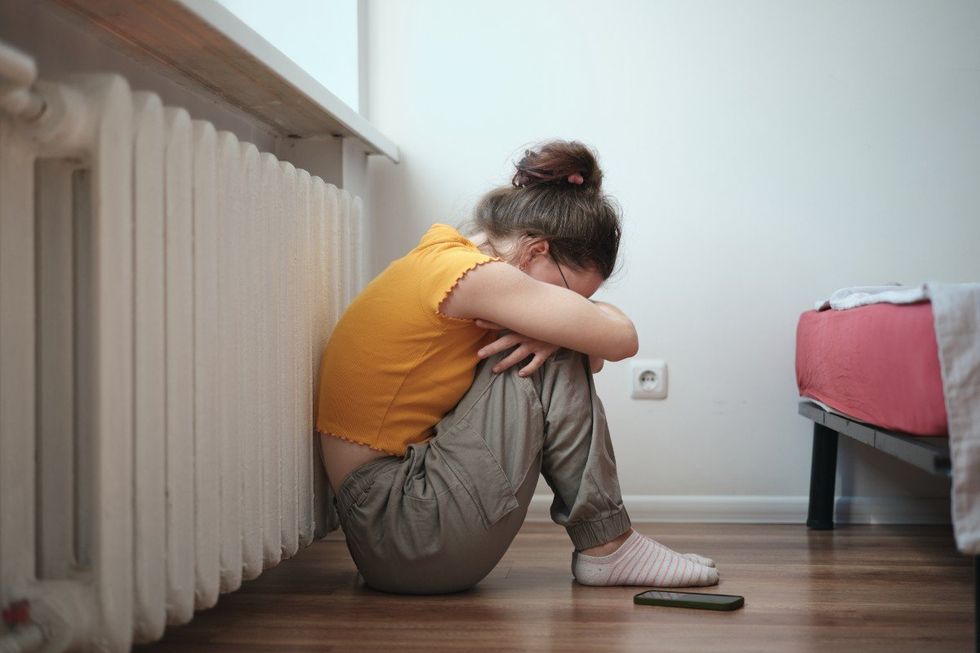
Nearly one in 20 British children has been raped or sexually assaulted, new research has revealed.
|GETTY
Professor Elena Martellozzo, Director of Childlight’s European Hub, said abusers access networks of other online abusers by providing new sex abuse images.
She said: “We are experiencing a shocking pandemic of sexual assault, rape and sexual abuse among children.
“Estimates show around half of the perpetrators are known to the children - either family members or friends.
“Some of these figures highlight increased reporting of the problem, but we know that online abuse has risen sharply.
“Many perpetrators groom their own children or those known to them or their families to provide images in order to access networks of other online offenders.”
LATEST DEVELOPMENTS:The figures are based on a synthesis of 14 UK studies and show that 4.4 per cent of British children - roughly 608,763 out of the 13.8 million aged 0–17 - have been raped or sexually assaulted before adulthood.
The researchers used the United Nations’ definitions of rape and sexual assault, covering both penetration and other non-consensual sexual acts committed through coercion, threat or force.
Offline abuse, the study says, overwhelmingly occurs within environments where children should be safest - their homes, schools, friendship circles, or care settings.
A separate UK-based analysis found that 11 per cent of children aged 5–17 - about 1,126,027 young people - had been exposed to unwanted sexual content online in the past year.
And 2,006,375 children - or 20 per cent - are estimated to face online grooming when they are often pressured into sharing sexual images.
Globally, relatives are thought to be responsible for over half of child sexual abuse material, with fathers producing an estimated 900,000 images in 2024 alone.
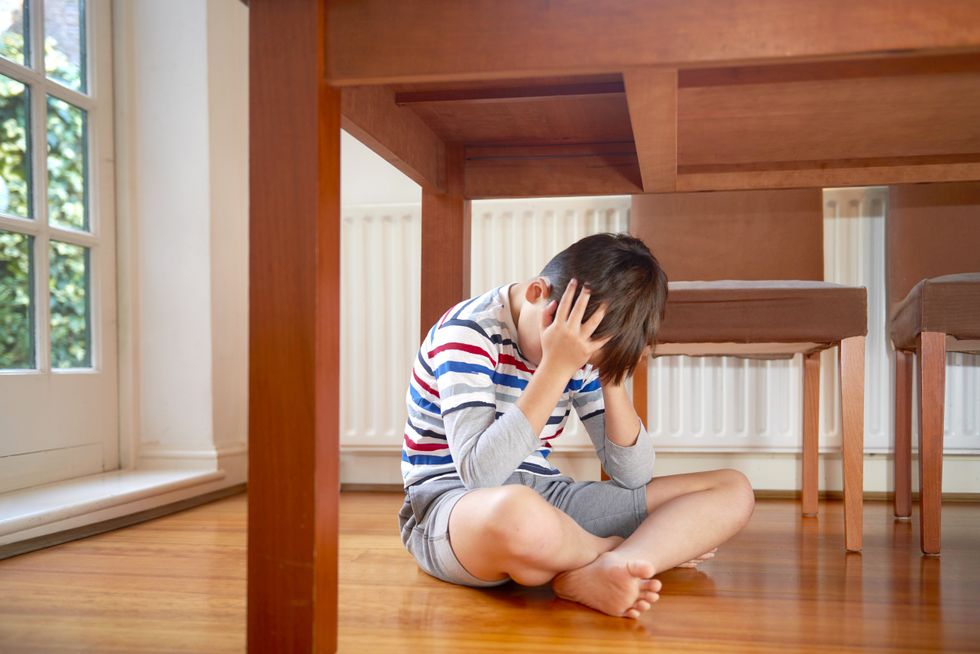
Childlight warns many abusers are family members or trusted adults
|GETTY
Professor Martellozzo said: “Children are digital by default. They learn, socialise and date online.
“Thinking they are safe is a mistake. We need a conversation at policy level - specifically regulation.
“The Online Safety Act puts pressure on tech companies to put more safety checks on apps, but we are still a long way from ensuring technology is safe for children.”
Professor Martellozzo also warned the explosion of AI-driven abuse imagery has “supercharged” exploitation networks and blurred the line between fantasy and real crime.
She said: “The rapid surge in AI-generated abuse imagery has dramatically accelerated exploitation networks eroding the boundary between digital fantasy and real-world criminality.”
Professor Debi Fry, who led the research, said many victims stay silent out of fear, guilt or confusion.
“They may blame themselves or not realise what happened was abuse. But the trauma can last a lifetime, affecting health, trust and even life expectancy.”
Childlight Chief Executive Paul Stanfield said: “People often say home is where the heart is - but sadly for too many children, home is where the hurt is.
“We see betrayal of trust by those known to children on a vast scale, compounded by insufficient protections by tech companies and regulators to avoid digital crime scenes in children’s bedrooms.
“It’s a hidden emergency - but it’s preventable, not inevitable.”
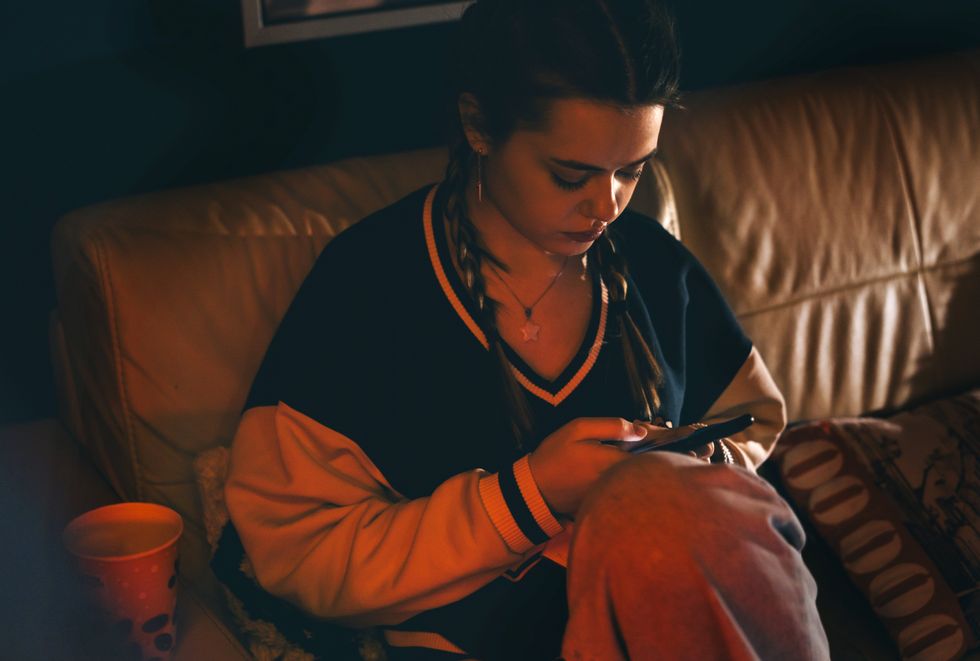
Eleven per cent of children have been exposed to unwanted sexual content online in the past year
|GETTY
Across Western Europe, Childlight estimates around 7 per cent of children - roughly five million - are raped or sexually assaulted before 18, with rates more than twice as high for girls (9.7 %) as boys (3.9 %).
About one in five children (19.6 %) report experiencing online solicitation or grooming, equivalent to nearly 15 million victims. One in seven say it happened in just the last year.
The study analysed 48 surveys from 19 European countries and found wide variations - but a consistent upward trend as mobile phones and social media become the “new front line” of abuse.
Childlight’s Into the Light report - analysing 94 population-based studies on rape and sexual assault and 77 on online exploitation - is the largest known dataset of its kind.
Researchers say the next step must be treating child sexual abuse as a health emergency - not just a criminal justice issue.
Professor Martellozzo said: “Offline and online abuse is often taking place in the same homes.
“At Childlight, we see this as a public health problem - we need services for children affected, and children need to be aware of them.”
Our Standards: The GB News Editorial Charter
More From GB News


